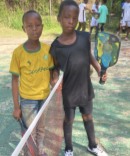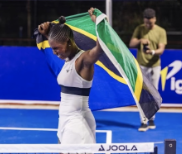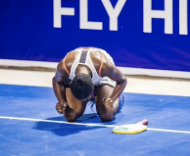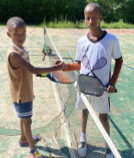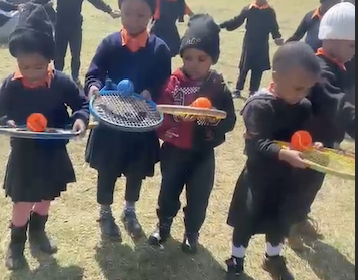Knowing Home: Braiding Indigenous Science with Western Science
Book 1
Faster downloadPublished Year: 2016

Language: en
Details: See also Book 2.
Dr. Gloria Snively is Professor Emeritus at the University of Victoria where she taught science methods, environmental/marine education, and culture courses. She was Director of the Graduate Program in Environmental Education. For 12 years, she was involved with the Asia Pacific Network whose purpose is to strengthen links between the research community and school-based environmental education in the Asia-Pacific region. Her work with Indigenous education spans 4 decades and has always been inspired by Indigenous leaders. She enjoyed giving natural history talks and walks to students, teachers, park interpreters, First Nations and community groups for 50 years; she prefers to explore forest, ponds and seashores first-hand.
Dr. Wanosts’a7 Lorna Williams OBC walking in peace is Lil’wat of the St’at’yem’c First Nation. Her life has been devoted to promoting and restoring Indigenous culture and language. She worked as an Indigenous educator and language specialist for more than 50 years in diverse settings, including Indigenous communities, public schools, and adult education settings. Dr. Williams recently retired from the University of Victoria as Canada Research Chair in Indigenous Knowledge and Learning (co-appointment with Faculty of Education and Department of Linguistics) and an associate professor, where she developed and delivered an innovative series of courses on learning and teaching in an Indigenous world.
Summary: Knowing Home attempts to capture the creative vision of Indigenous scientific knowledge and technology that is derived from an ecology of a home place. The traditional wisdom component of Indigenous Science—the values and ways of decision-making—assists humans in their relationship with each other, the land and water, and all of creation. Indigenous perspectives have the potential to give insight and guidance to the kind of environmental ethics and deep understanding that we must gain as we attempt to solve the increasingly complex problems of the 21st century. Braiding Indigenous Science and Western Science is a metaphor used to establish a particular relationship. Linked by braiding, there is a certain reciprocity. Each strand remains a separate entity, but all strands come together to form the whole. When we braid Indigenous Science with Western Science we acknowledge that both ways of knowing are legitimate forms of knowledge. The book provides a window into the vast storehouse of innovations and technologies of the Indigenous peoples who live in Northwestern North America. It is our hope that the Indigenous Science examples, research and curriculum models will inspire deep reflection regarding the under-representation of Aboriginal students in the sciences. It is intended that the rich examples and cases, combined with the resources listed in the appendices, will enable teachers and students to explore Indigenous Science examples in the classroom, and in addition, support the development of curriculum projects in home places.
